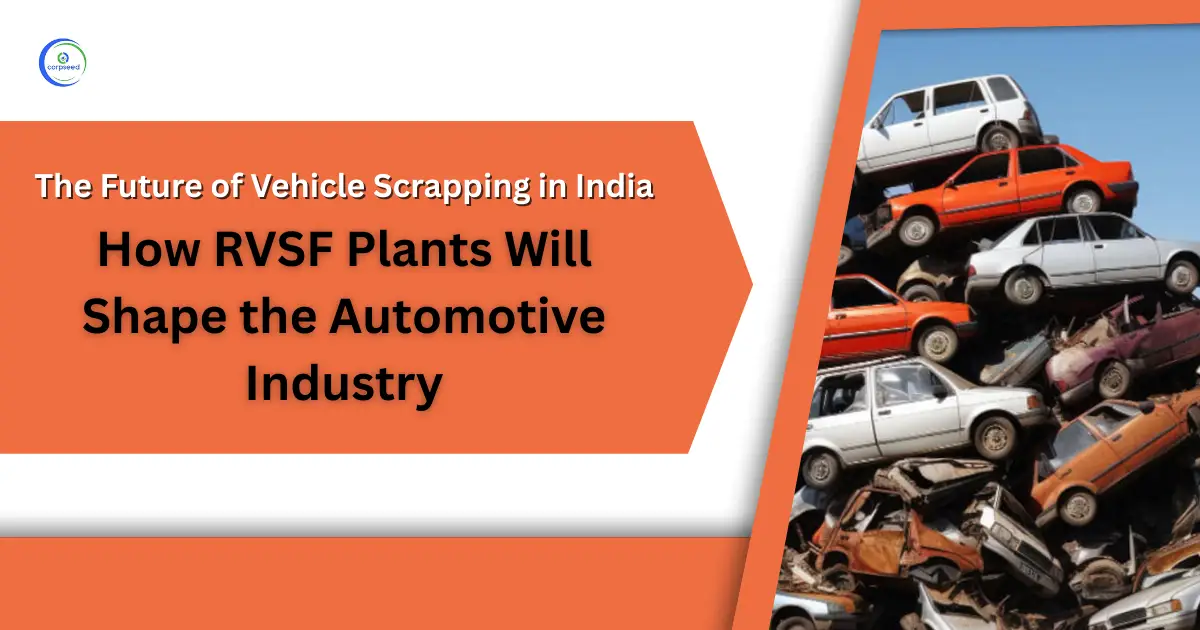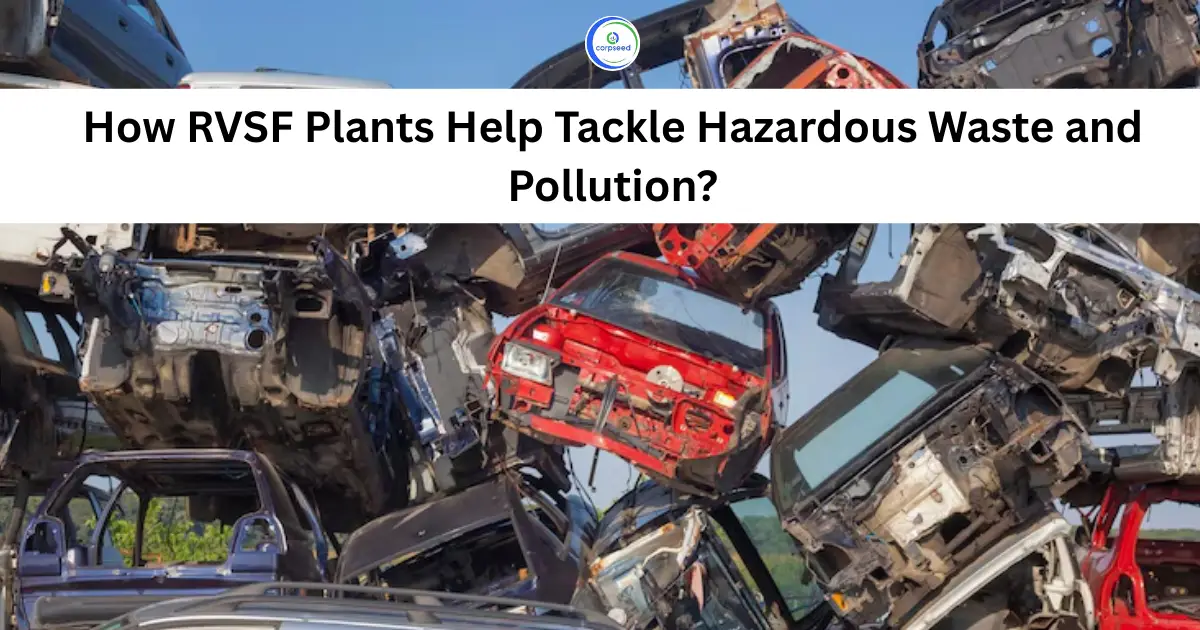Introduction: Recycling Business
With the new mindset that promotes sustainable development recycling business is setting the cornerstone and is full of opportunities worth exploring. A recycling business not only helps in maintaining the ecological balance but also can help in generating handsome profits. The following list enumerates the new recycling business ideas in the 21st century.
Table of Contents
Tire Recycling:
- Waste tires constitute a huge number and can be an excellent source of useful raw materials.
- End-of-life tyres are relatively inert and it is highly difficult to recycle it since it is not biodegradable and contains pollutants that are harmful to the environment. As a result, recycling is needed to turn waste EOL tires into useful raw materials or sources of energy. EOL tires, according to experts, are one of the hardest but most useful polymeric wastes.
- Since tyres are divided into multiple materials, they can be recycled in a variety of ways. Pyrolysis, recycling tyres into rubber chips and pelletizing are the most widely used techniques.
- Tyres are recycled at high temperatures during pyrolysis, resulting in proline oil and carbon dust powders, which is used in the manufacture of fuel. Pelletizing of tyres is inclusive of:
- Shredding
- granulating
- atomizer
All passenger and truck tyres are shredded and chipped through chip recycling.
Aluminum Recycling:
- Aluminum is found in abundance in the Earth’s crust and is a versatile metal. It finds applications ranging from civil engineering to power transmission.
- Recycling aluminum is very much predestined since it entails major energy, environmental, and saving of resource implications.
- Aluminum scrap can be recycled via various techniques which are as follows;
- Powder metallurgy
- Using protective salt for extrusion and remelting
- Chips are compacted directly.
Cartridge refilling:
- With the increasingly ubiquitous use of printers, markets are flooded with their variety
- Discarded cartridges can be refilled with the help of the ink and put to reuse, this has created an opportunity for remanufacturers whereby they can sell the cartridges again.
- Remanufacturing of cartridges involves the following steps:
- Inspection: whereby it aids in capacity control and provides information with respect to incoming cores
- Disassembly: wherein defective components are discarded and recycled, while the reusable components are moved on to the next level.
- Reprocessing
- Refilling
- Reassembling
Battery Recycling and Related Ewaste:
Electrical & electronic portable devices are becoming increasingly popular in our daily lives. As a result, the number of primary and secondary batteries available on the global market is witnessing an increase and with it avenues to recycle them are also growing.
- These involve 3 techniques In recycling batteries:
- Separation of components by mining treatment operations as a whole
- pyrometallurgy
- hydrometallurgy
Lead Recycling:
- Lead is found in a number of alloys, and the industry prepares and uses lead composites on a wide scale. Furthermore, these alloys are used in the manufacture of batteries, roll extrusion, pigments, ammunition, cables, fuel additives, and other materials.
- Lead can be recycled to produce varied raw materials.
Food waste recycling:
- Food waste constitutes biodegradable waste that comes from a number of areas, such as food processing plants, households, and the hospitality industry.
- Food waste is generated in tons and can be put to recycling.
- Methane production through anaerobic digestion is a viable option for wasted food management. The method is less expensive, produces less residual waste, and uses food waste as a renewable energy source.
- Further food can be used as manure for agricultural purposes.
Textile recycling:
- Textiles (like discarded clothes), along with food, accommodation, and mobility, is a consuming sector that has the greatest environmental effects. Any of these environmental impacts can be mitigated by reuse and recycling.
- The textile recycling industry has a lot of potential to make a significant contribution to the circular economy. It can help decrease the use of water, electricity, and chemicals in the manufacturing process by reducing the manufacture of new textiles from virgin materials.
- In particular, the recycling of wool fibers, which provides the greatest benefits per tonne, may indicate that wool should really be given more consideration in future endeavors.
Wood Furniture Recycling:
- Wood's value and flexibility, which include its ability to be reused and recycled, are shown by the remarkable number of uses it has. Furthermore, since wood is a renewable resource that sequesters and preserves carbon, it is becoming more widely recognized as the material of choice for a post-petrochemical future.
- Wood can be carved and molded into the required size and shape.
Bookbinding:
- Bookbinding can be resorted to when thinking of business avenues. Shot can be made at repairing and fixing the old and used books by binding them which can also be carried out in the home premises.
Plastic Recycling:
Plastic are present everywhere and in every form and its accumulation can be controlled through recycling.
- Selling plastics to recycling firms is a profitable way to make money.
- Cleaning plastics and separating them by floatation can be done with the help of water, but drying is essential before re-extrusion.
Paper Recycling:
- The paper has been in use since times immemorial
- Waste paper can be reused after it has been recycled. After reaching a recycling plant, the paper is sorted, shredded, and pulp is generated thereafter and paper fibers rejoin to form new paper.
Recycling of mattresses:
- Mattresses are bulky, with a complex design of springs attached to them.
- Mattress recycling can be carried out by either manually or through automotive processes.
- The form of construction has a major effect on the recycling pathway: stitched panels would be sent to waste plants for energy recovery, while unstitched material is sent to be processed further.
Glass Recycling:
- Glass can be melted down and turned into a range of items. Glass is broken down into smaller parts called cullet as it is transported to a manufacturing or recycling facility.
- The glass pieces are heated in a furnace and molded accordingly as per the need.
Conclusion
The recycling business has greater avenues and, open to experimentation and the generation of hefty profits. Let’s make use of this opportunity effectively.
This portion of the site is for informational purposes only. The content is not legal advice. The statements and opinions are the expression of author, not corpseed, and have not been evaluated by corpseed for accuracy, completeness, or changes in the law.
BOOK A FREE CONSULTATION
Get help from an experienced legal adviser. Schedule your consultation at a time that works for you and it's absolutely FREE.









